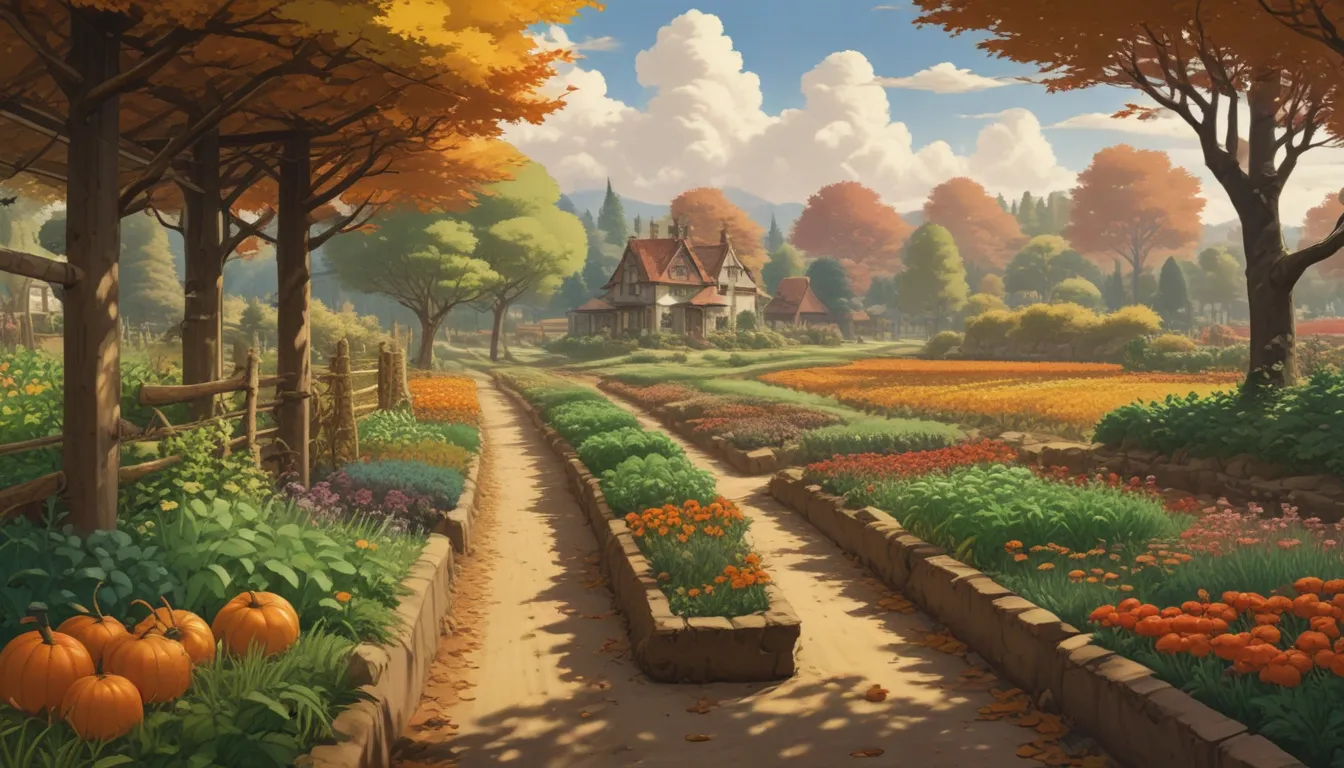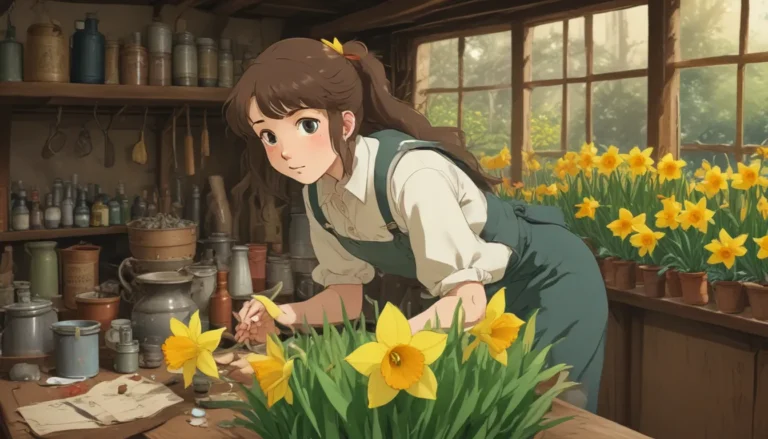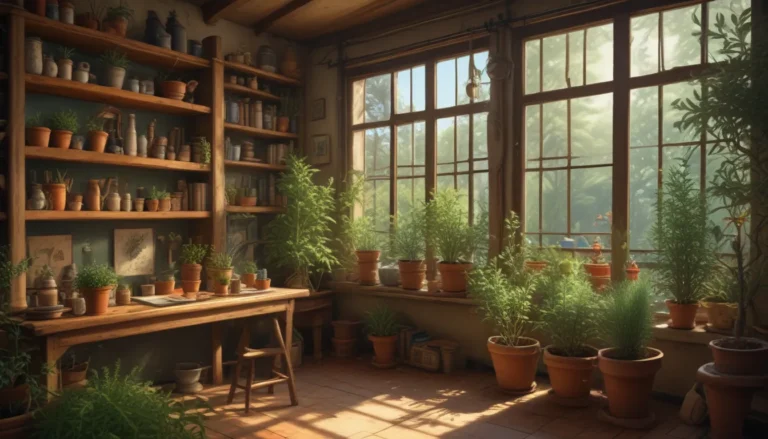Fall Planting Guide: Tips for Growing Crops in Autumn

As autumn approaches after a long summer growing season, you may find yourself contemplating planting a fall garden. While it may seem like a daunting task, autumn can actually be the perfect time for gardening. The soil is still warm, and the milder temperatures make working outside more enjoyable.
If you’re wondering whether you have time to plant a fall garden, the answer depends on where you live and what you want to plant. With proper planning, most gardeners in the continental US can successfully grow a fall garden.
What You’ll Learn
- First Frost Dates: Winter’s First Kiss
- Fall Crop Planting Schedule
- Soil Temperature for Germination
- Days to Maturity and Freeze Out Temperatures
- Planting in Fall Is Easy, With Proper Planning
Planning a fall garden requires knowing a few key things about your climate and the crops you want to grow. Once you have this information, you’ll be ready to start planting.
First Frost Dates: Winter’s First Kiss
One of the first things you’ll need to know before planting crops in the fall is your region’s average first frost date. This date represents the average time when you can expect a light freeze in your area. Knowing this date is essential for successful fall gardening.
Before you can figure out the best time to plant specific crops in the fall, you’ll need to determine your first frost date. You can look up this information by entering your zip code on websites like The Old Farmer’s Almanac.
Understanding your first frost date is crucial because temperatures at or slightly below freezing can kill tender plants. Cold-hardy vegetables, on the other hand, can survive a deeper freeze and may even benefit from the cold weather.
Fall Crop Planting Schedule
Depending on your location and climate, you may need to adapt your planting schedule. Here’s a general timeline to help you plan when to start seeds indoors, transplant, or direct sow your favorite vegetables and herbs in the fall:
14-16 Weeks Before Average First Frost
- Start indoors: Brussels sprouts, Cabbage, Savoy Cabbage
- Direct sow: Arugula, Beans (snap), Brussels sprouts, Cabbage, Carrots, Cilantro, Collards, Lettuce, Lima beans, Mustard, Parsnips, Potatoes, Rutabaga, Spinach, Swiss chard, Turnips
12-14 Weeks Before Average First Frost
- Start indoors: Artichokes, Broccoli, Brussels sprouts, Cabbage, Cauliflower, Kale
- Transplant: Celery, Fennel (bulb), Parsley
- Direct sow: Arugula, Beans (snap), Carrots, Cilantro, Collards, Lettuce, Lima beans, Mustard, Radishes, Rutabaga, Spinach, Swiss chard, Turnips
10-12 Weeks Before First Frost
- Start indoors: Artichokes
- Transplant: Broccoli, Brussels sprouts, Cabbage, Cauliflower, Celery, Fennel (bulb), Kale, Kohlrabi, Parsley
- Direct sow: Arugula, Beans (snap), Cabbage, Carrots, Cilantro, Collards, Lettuce, Lima beans, Mustard, Peas, Radishes, Spinach, Swiss chard, Turnips
8-10 Weeks Before First Frost
- Transplant: Kale
- Direct sow: Arugula, Broccoli rabe, Cabbage (Napa), Cilantro, Lettuce, Radishes, Spinach, Swiss chard, Turnips
6-8 Weeks Before First Frost
- Transplant: Artichokes, Kale
- Direct sow: Arugula, Beets, Cilantro, Fava beans, Lettuce, Mache, Radicchio, Spinach
4-6 Weeks Before First Frost
- Transplant: Radicchio
- Direct sow: Arugula, Buckwheat, Cilantro, Fava beans, Lettuce, Radishes, Spinach
Around First Frost
- Direct sow: Garlic, Onions (bunching), Shallots
While following the planting schedule is essential, there are other factors to consider when planting your fall garden.
Soil Temperature for Germination
Before planting seeds, make sure to check the recommended soil temperatures for germination on your seed packets. Different plants have specific requirements for germination, so it’s essential to ensure the soil is at the right temperature for successful growth.
While a soil temperature around 70°F is ideal for many seeds to germinate, some plants may require warmer or cooler conditions. Always refer to your seed packets for specific instructions.
Days to Maturity and Freeze Out Temperatures
It’s crucial to consider the days to maturity of your crops and the freeze out temperatures they can withstand. Verify the number of days to maturity on your seed packets and add extra time for slower growth in the autumn.
When calculating the days needed for your plants to reach maturity, remember to account for any delays or slower growth due to cooler temperatures. Additionally, consider whether your plants can withstand freezing temperatures or if they need additional protection.
Certain plants are more sensitive to frost, while others can survive colder temperatures. Understanding the freeze out temperatures for your plants will help you determine which crops are suitable for your fall garden.
Planting in Fall is Easy, With Proper Planning
Now that you have a better understanding of when to plant crops in the fall, you can create a personalized plan for your garden. Consider your first frost date, soil temperatures, days to maturity, and freeze out temperatures when selecting and planting your crops.
By following these guidelines and planning ahead, you can enjoy a successful fall harvest and grow a variety of crops in your autumn garden.
If you found this guide helpful, let us know in the comments below. Share your fall planting tips and the crops you’ll be growing this season. Remember, with proper planning and preparation, gardening in the fall can be a rewarding and enjoyable experience.
For more gardening inspiration and tips, check out these other helpful articles:
- The 19 Best Cool-Weather Crops for a Productive Fall Garden
- How to Pre-Seed your Garden in Fall for an Early Spring Harvest
- How to Plant A Southern Fall Vegetable Garden
- How to Plant an Autumn Vegetable Garden
Happy gardening and happy planting!





